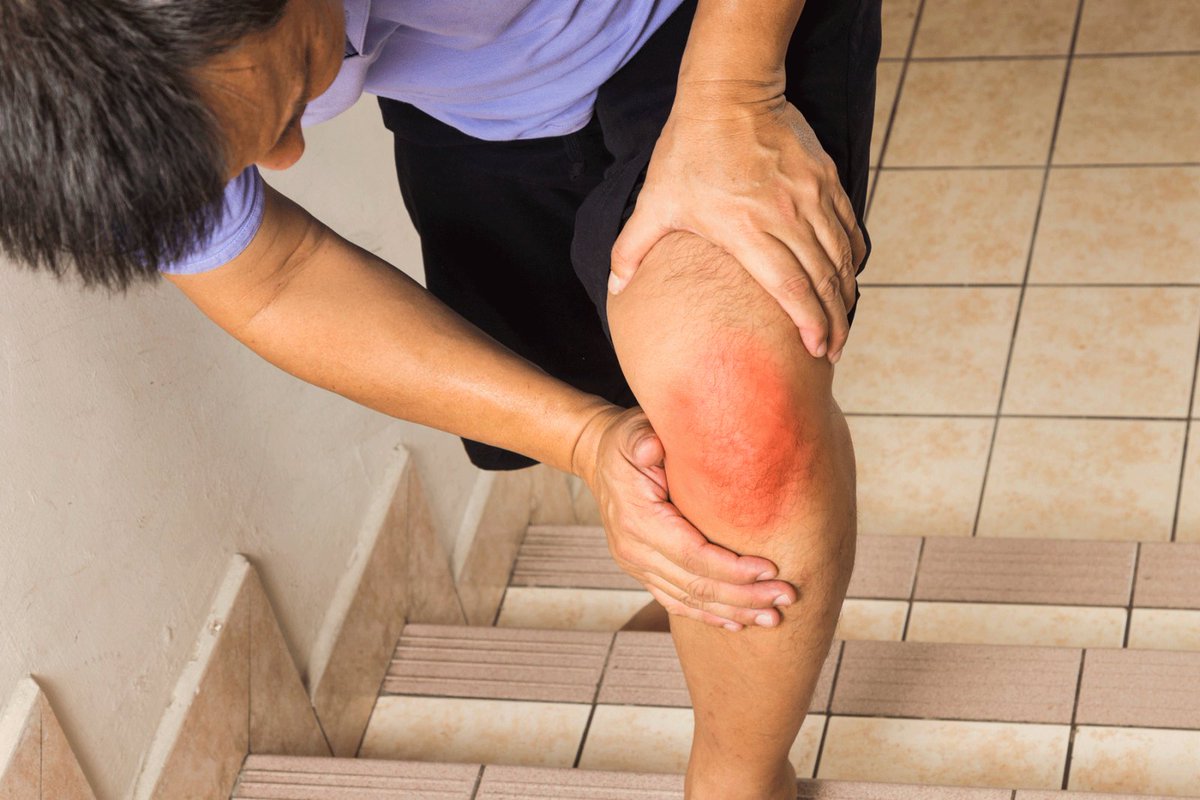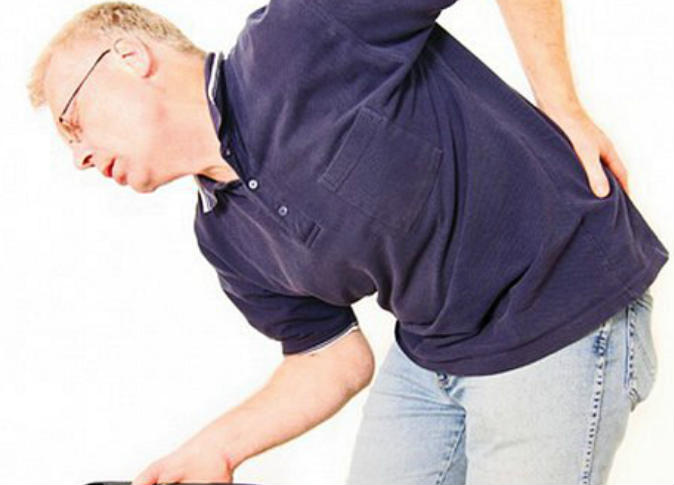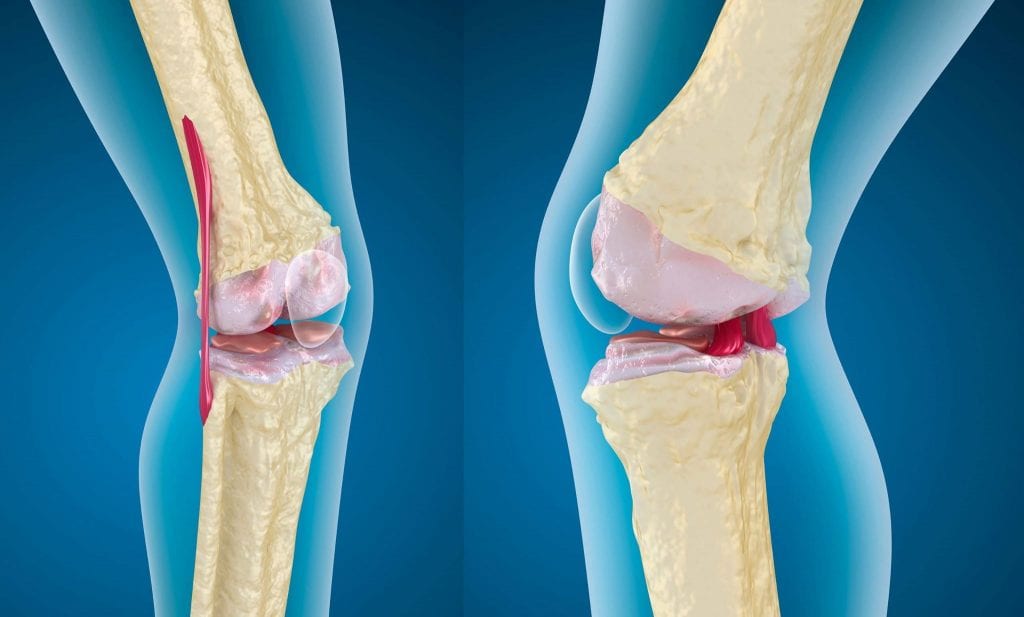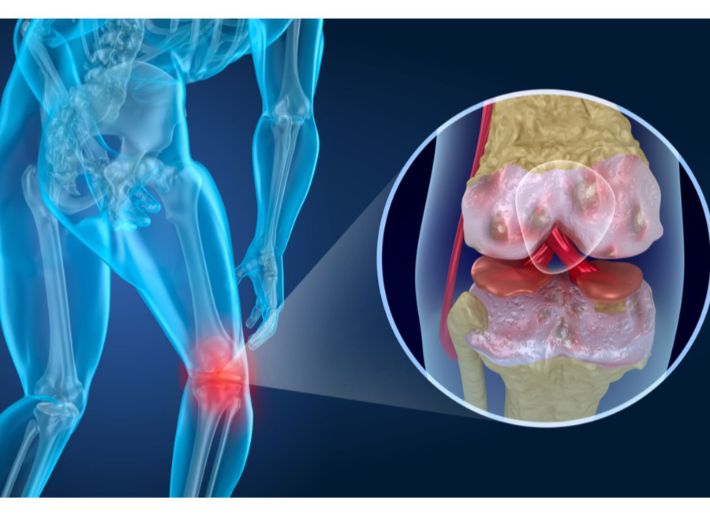Symptoms of the lateral cruciate ligament
There is more than one question in the mind of the cruciate ligament injured, including: Is it possible to live with cruciate ligament severing? What are the non-surgical treatment methods for the injury? In this article, we explain more information about cruciate ligament injury and how to treat it.
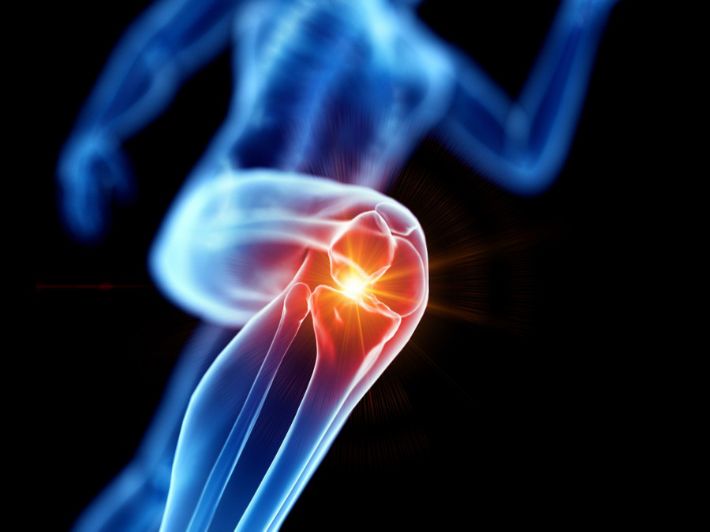
Cruciate ligament rupture
A cruciate ligament rupture often occurs as a result of a strong stretching of the ligament, which leads to a rupture, causing severe pain in the joint, and thus it is difficult for a person to move normally or rest on the knee as a result of a rupture in the ligament responsible for the balance and stability of the knee in general.
There is more than one reason that can lead to a cruciate ligament rupture, including exposure to a strong fall when doing sports exercises, or a sharp sprain in the knee as a result of a sudden change in its path, and sometimes a person is exposed to a partial rupture of the cruciate ligament due to an acute collision of the knee.
The cruciate ligament connects the bones of the thigh and the knee, and it consists of strong connective tissues that need tremendous pressure in the knee, so it occurs in times of collision or fall, and work can be done to improve the condition of the injured person through good work on the treatment of the injury.
Risk factors for cruciate ligament rupture
Some factors can contribute to the occurrence of cruciate ligament injury and exposure to tearing or cutting, including the following:
- Playing violent sports.
- Play on hard surfaces.
- Wearing shoes that are not suitable for the feet.
- Making wrong movements when training.
- Squat exercise.
Taking care of risk factors and avoiding them helps reduce the chances of developing cruciate ligament pain and improves the patient’s condition in general. The affected person may not be exposed to more pain due to staying away from the causes and risk factors of cruciate ligament injury.
Symptoms of cruciate ligament rupture
The symptoms of a cruciate ligament rupture are diverse and can generally affect the ability to walk or bend the knee, and thus its activity decreases significantly. Symptoms of a cruciate ligament rupture can appear as follows:
- Feeling pain when bending the knee.
- There is a pain when walking.
- Rapid swelling of the knee.
- Severe redness in the part around the knee.
- Difficulty using the knee for movement.
- There is an imbalance when using the joint.
Symptoms of the lateral cruciate ligament
The lateral cruciate ligament is one of the four ligaments in the knee that works to give stability and strength to the joint and helps in the connection between the knee and the thigh bones so that the leg’s movement is more fluid without feeling difficult in movement.
Symptoms of the lateral cruciate ligament injury appear in the form of severe knee pain and sudden severe swelling, and the patient is unable to bend the knee normally, thus affecting walking, climbing stairs, and the daily activity of the injured person. Attention to treatment and early diagnosis of the injury can increase the speed of recovery.
Cruciate ligament rupture treatment without surgery
Establishing a treatment program for the cruciate ligament rupture patient depends on the extent of the damage to the knee and which stage the rupture reached so that the treatment is more effective and the patient can get a faster recovery and return to work without feeling a difference before and after the rupture.
Types of cruciate ligament treatment without surgery
There are some steps that the specialist doctor can take when treating the cruciate ligament after a rupture, which are:
- Use pain relievers.
- The use of a knee splint.
- Use ice packs.
- Raise the knee above the level of the heart.
- Stop physical activity until recovery.
- Use crutches to relieve pressure on the knee.
Sometimes the doctor can recommend a type of surgery for the cruciate ligament injury, and this is in the event that the tear or cut somehow affected the movement or the pain increased and the patient felt unable to bend the knee normally, and the necessary examination must be done before choosing the appropriate type of surgery.
Can you live with cruciate ligament severance?
If the cruciate ligament was partially cut, that is, a rupture only, the treatment can be done directly on the types of non-surgical treatment until the ligament returns to its normal state, but in the event that the cruciate ligament cut affects the person’s ability to walk, an operation can be performed to repair the pieces or restore Ligament building and arthroscopy can be used in this.

